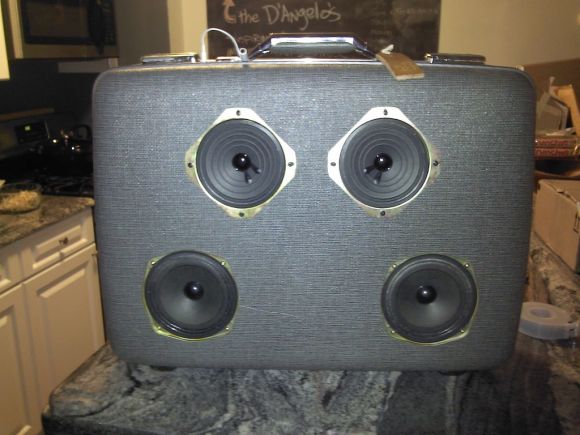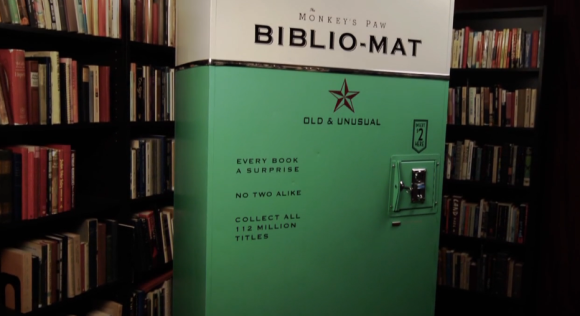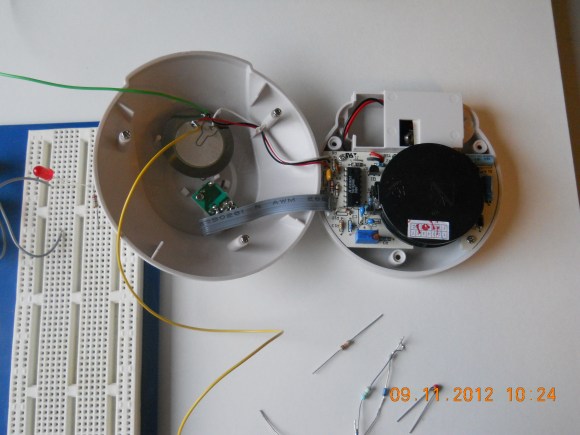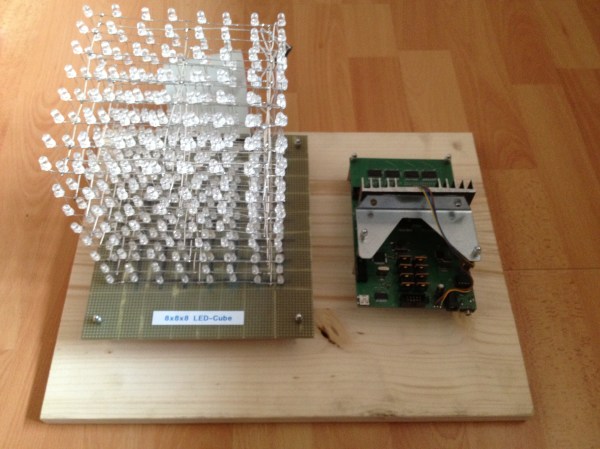
Take the party with you by building your own boomcase. It’s an amplifier and set of speakers built into luggage. It uses an audio jack to connect to your favorite music player, and with a bit of added protection — like grills for those speakers — it could still be gently used to transport your wardrobe.
A 1960’s suitcase was mutilated for this build. [Jay] must have already had it on hand because combined with some used parts he claims to have only spent $50 total. After trying out a few different speaker orientations on a piece of cardboard he covered the outside of the case in blue painter’s tape and started cutting holes. The amp he chose has a nice face plate which happens to fit nicely on the top side of the case. For now he’s powering it with a 10,000 mAh (ie: 10 Ah) portable device recharging battery. But as you can hear in the demo after the break this seems to have no problem supplying the system with enough power.





 [Guillermo Amaral’s] NES controller was in great shape. Well, except for the fact that it didn’t work. Upon closer inspection it seems the shift register — which is the only IC on these ancient peripherals — had given up the ghost. But he made it usable again by
[Guillermo Amaral’s] NES controller was in great shape. Well, except for the fact that it didn’t work. Upon closer inspection it seems the shift register — which is the only IC on these ancient peripherals — had given up the ghost. But he made it usable again by 









